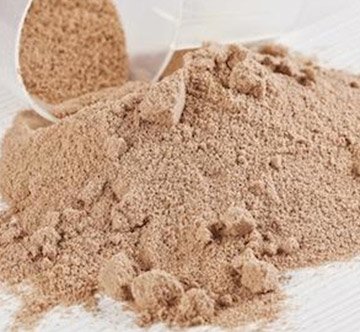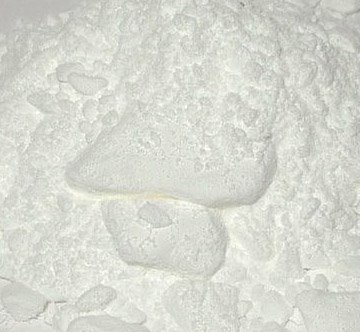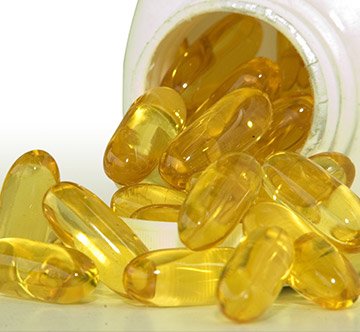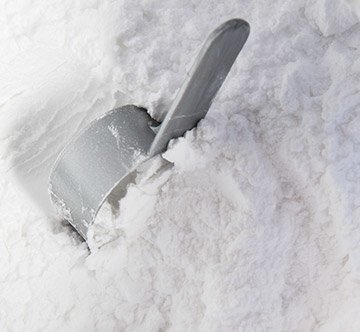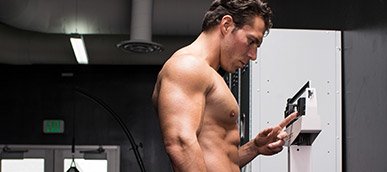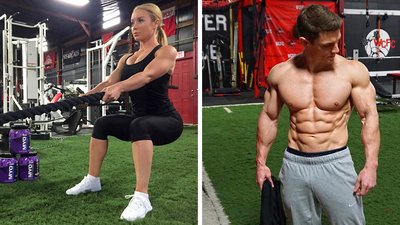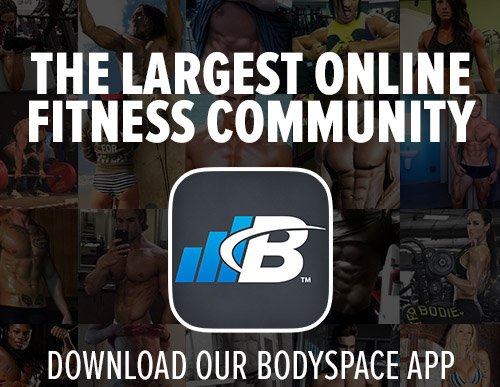I Struggle With... weight loss or weight gain
You know the basics: Eat less and move more to lose weight; eat more to gain weight. Despite these seemingly simple recommendations, it's not always so easy to gain muscle or lose fat. The reason for this difficulty is often misinformation and bad advice. Yes, the foundation of weight change—calories in versus calories out—is simple, but it's all too easy to get bogged down by lies and scams. You've finally found the right place for good information. Now that you're here, stay awhile! We'll help you figure out exactly what steps to take in order to reach your weight-loss or weight-gain goals. You don't need a major diet or exercise overhaul to make a change. Sticking to the basics and implementing a few key strategies can help get you to where you want to be. Here's the rundown:
- Take the time to set "SMART" goals.
- Determine a daily caloric intake that will help you reach your goal.
- For weight loss, prioritize protein and veggies at each meal. For weight gain, seek out calorie-dense options, and supplement with high-calorie shakes between meals.
- Nutrition and training go hand in hand. Make sure your programs align with each other.
- Choose supplements that provide you with an additional edge to reach your goals.
- Measure progress in a variety of ways.
Goal Setting
Goal Setting
What is your goal? Can you define it in one detailed sentence? If not, you need to pause and reflect on what it is you want to accomplish. "I want to lose weight" is too vague. Instead, try creating a SMART goal. A SMART goal stands for the following:

An example of a SMART goal would be "I want to lose 15 pounds in the next three months." This goal is very specific, it can be measured, and it's definitely attainable. It's also realistic. Setting a goal to lose 50 or even 25 pounds in one month is just not going to happen. Most importantly, this goal has a very specific time frame. When you have a specific time frame, each day has value. When you can see the value in each day, you're much less likely to make poor decisions that may lead you off track.
Once you have a definitive goal, begin planning and preparing appropriately to reach it. Write your goal down. Place it in a spot where you will see it frequently. Your office desk and refrigerator are great starting points.
Make sure that you're goal reflects what you want, not what others want for you. If the only reason you're trying to lose weight is to make your mother happy, chances are you'll end up right back where you are right now, or maybe worse.
How Much and What Should I Eat?
How Much and What Should I Eat?
How much you eat will depend entirely on your goal. Obviously, if you're trying to put on some pounds, you're going to eat a lot more than someone who is looking to lose 10 pounds of body fat.
To find a concrete starting place, plug in your information below. We suggest that you estimate low on your activity level. This daily total energy expenditure will tell you approximately how many calories it will take you to maintain your weight right now. Don't take these numbers as laws, however. Even if you were honest with the calculator, it doesn't mean the number will be 100 percent accurate.
Calorie Calculator
If you want to lose weight, decrease the amount you eat by about 15-20 percent. Test the lower amount of calories for 2-3 weeks. If you find you're losing more than 1-2 pounds per week, you're probably not eating enough. If, however, you aren't losing 1-2 pounds per week, then you may need to drop your calories a little more.
For more information on how much to eat, check out our answer to another popular fitness problem: "I don't know how much or what to eat!"
Eating for Weight Loss
Eating for Weight Loss
Contrary to popular belief, going on a weight-loss plan doesn't have to suck. Stick to the foods listed below most of the time. However, it's important to also eat foods you enjoy. If you include foods you like, you're in a better position to make this a lifestyle change rather than a short-term fix, because you won't get burnt out on brown rice and tilapia.
These foods are dense in nutrients rather than calories. The combination of low-fat proteins and fiber-packed carbohydrates is a win-win for fullness and weight loss.
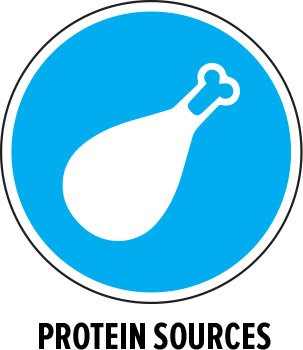
Eggs, low-fat milk (skim or 1%), low-fat Greek yogurt, low-fat cottage cheese, chicken breast, turkey breast, pork loin, pork tenderloin, sirloin, flank steak, filet mignon, beef jerky (93% or 97% fat-free) tilapia, salmon, tuna, white fish, herring, cod, and shrimp
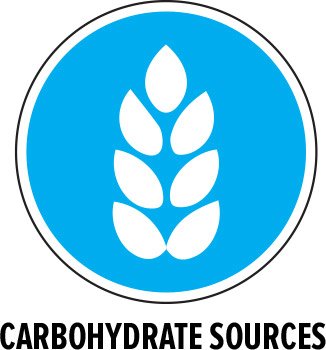
Vegetables, fruit (no sugar added) oatmeal, oat bran, whole-grain cereals, whole-grain breads/wraps/pasta (whole wheat, oat, bran, rye, barley, corn), fiber-rich tortillas, quinoa, brown rice, sweet potatoes, and popcorn
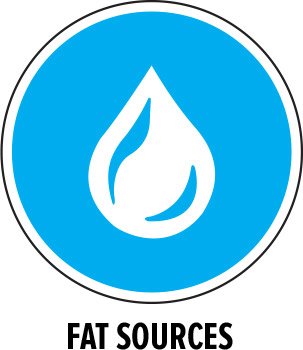
Olive oil, canola oil, coconut oil, natural peanut and other nut butters, avocados, almonds, walnuts, cashews, pecans, pumpkin seeds, sunflower seeds, flax seed (ground), chia seeds, salmon, mackerel, tuna, and egg yolks
You already know you need to eat fewer calories as well as the right type of food in order to lose weight, but that's it's easier said than done. Whether it's a stressful day, half-assed effort, or inappropriate approach, many factors influence your ability to stick to a diet. To make your transition to eating for fat loss a little easier, focus on these things:
- Each time you eat, have 20-30 grams of protein. We also suggest that you have some vegetables. Together, these lower-calorie options will provide great weight-loss nutrition [KM1]and will keep you feeling full. Try to keep starchy carbohydrates like potatoes and rice in your pre- and post-exercise meals.
- Eat every 3-4 hours, as your schedule permits. Eating this frequently will ensure you have a steady supply of protein and energy throughout the day, which will significantly reduce the chances of overeating at a later meal. At the very least, have breakfast, lunch, dinner, and a post-workout meal.
- Try not to go too long between meals. This may lead to extreme hunger, which can result in uncontrollable, binge-like behavior. Binge eating can be a tough cycle to break.
- To promote fullness, try "preloading" your meal by drinking 12-16 ounces of water 10-15 minutes before you eat. This will give your body a head start on feeling full and help to reduce your intake of calories.
Not sure what to make or how to make it? Check out "Preparing Meals and Healthy Recipes" for ideas!
Eating for Weight Gain
Eating for Weight Gain
Gaining quality weight takes work. You know you need to eat more, but sometimes, getting all that food into your belly can be rough. It takes dedication to eating the right type of food—and a lot of it—to build muscle. You can do it, though! Here's your plan:
- Eating for growth is going to require far more calories than you're used to. Spread your intake out over 5 or more meals or so throughout the day. It's a lot more feasible (and easy on your stomach) to split 3500 calories over 5 meals instead of 3.
- Eat foods that pack a lot of calories per portion size. Try nuts, seeds, nut butters, oils, granola, and oats.
- Eat a bedtime snack that includes protein and fats. This is an additional opportunity to "turn on" growth and to supply your muscles with fuel.
- Liquid calories are a lot easier to take in and quicker to digest, which will help you to continue packing in the calories you need for growth. Purchase a premade weight gainer, or create your own with a combination of the following:
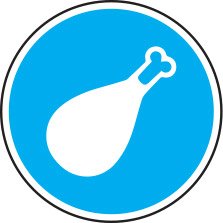
Proteins
Milk, Greek yogurt, whey protein
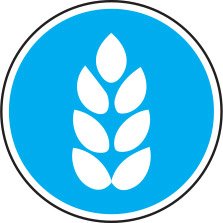
Carbohydrates
Oats, frozen fruit, 100% fruit juice, honey, sports drinks, dextrose, pretzels, graham crackers
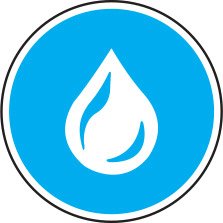
Healthy Fats
Nut butters, coconut/olive/canola oil, nuts, flax seed
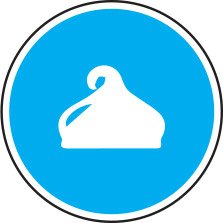
Extras
Chocolate chips, granola, cereal, chocolate sauce
Training for Your Goal
Training for Your Goal
Nutrition and exercise go hand in hand. If you choose the right style of both for your goals, you're more likely to see the results. Weight lifting, in some capacity, should be the centerpiece of your exercise plan, no matter your goal. Lifting weights will help you build muscle and burn fat.
Build your program to include:
- 3-4 sets of compound movements such as squats, deadlifts, presses and rows
- 6-12 repetitions per set, 1-2 minutes rest between each

If fat-loss is your goal, include high-intensity interval training (HIIT) 3-4 days per week. If you want to gain weight, too much cardio may hinder your growth. One or two short sessions per week is ideal.
- Include 2-3 cardio sessions per week for fat-loss; 1-2 for weight gain.
- Be sure to include HIIT.
- Keep cardio fun. Include car pushes, hiking, climbing, biking, or any other activity that gets you moving!
Supplement Basics
Supplement Basics
Supplements aren't the answer to your weight-change woes. However, there are a few research-backed, time-tested options that may help to facilitate the change you desire. We suggest whey protein, BCAAs, creatine monohydrate, and omega-3 fatty acids.
Each of these supplements has been well researched. Remember, though, that a consistent nutrition and training plan will trump supplementation any day, so don't assume taking supplements will make all of your progress for you.
Monitoring Progress
Monitoring Progress
Once you start working toward your goal, you have to start tracking your progress! This will help determine whether you need to adjust your nutrition or training to reach your goal, and it will provide a constant stream of motivation.
Track your progress by using the scale, body-fat measurements, progress photos, waist measurements, the mirror, and the fit of your clothes. The scale is definitely not the only indicator of progress, so don't rely on it! How you feel, how your clothes fit, and how you look in the mirror are perfectly acceptable ways to measure how far you've come!

Next Steps
Next Steps
Hopefully, you now have a better grasp on what it is you need to do differently this time around to move the scale in the direction you desire. If you keep reverting back to old habits, you'll be left with the same results.
Remember, change takes time. Taking a tortoise-like approach will not only help you achieve the results you desire, it will assist you in maintaining them! The above information isn't going to magically get you from A to B, but it is an excellent foundation of major points to direct your energy toward. For more information and helpful programs, check out the resources below!
Read More:
The Ultimate Guide To Weight Loss
If losing weight was as simple as "Do more, eat less," then everyone would have figured it out! News flash: They haven't. But these three athletes have. Learn from them and unlock the results you've been craving!
The 7 Fat-Loss Mistakes You Won't Make This Time
Training hard and eating more protein are just the first steps toward achieving your transformation dreams. Don't let these 7 blunders stop you in your tracks this year.
Weight Loss: Insider Secrets To Staying Fuller, Longer
Quick, what makes you feel fuller for longer: French fries or popcorn? Find out what foods will fill you up without filling you out!

